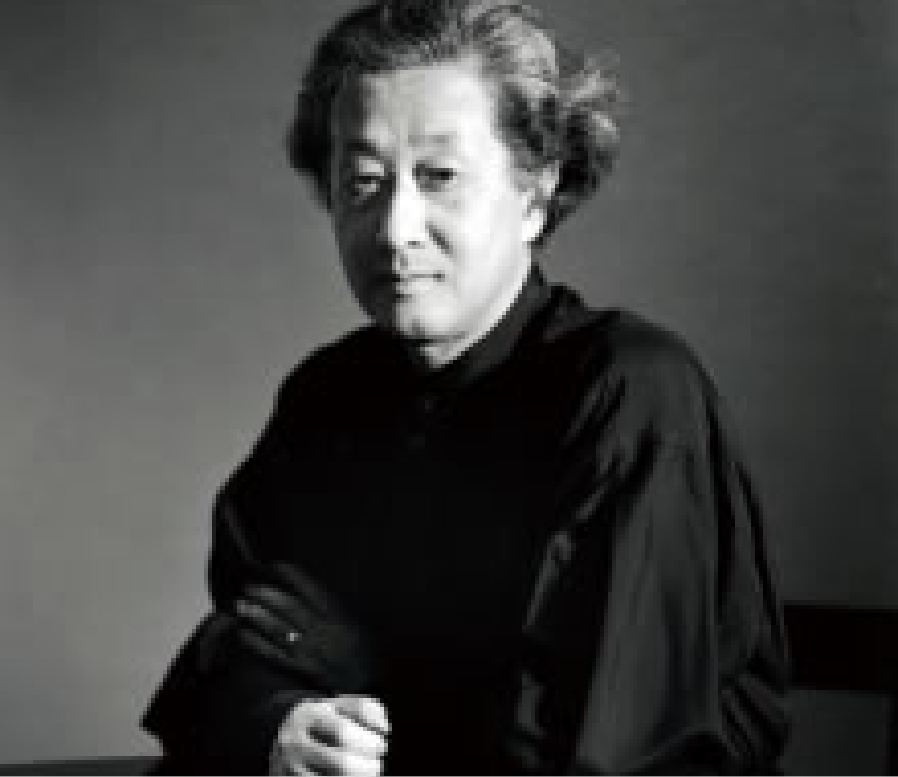TOGA
Toga/A sacred Place
Toga Village lies deep in the mountains of Japan’s north-central Toyama prefecture. Situated six hundred meters above sea level, Toga’s winter snowfall can be severe, accumulating to an average of three to four meters annually. While Toga’s natural beauty is stunning, the difficulty of making a living there has forced many of the village’s inhabitants to leave. Toga’s current population of seven hundred is one sixth of what it was in the 1940’s. (According to a 2009 census report)
I visited Toga for the first time in early February 1976. This is typically the peak of snow season in the village, and on that particular day there was a blizzard. I had ventured there because the lease on my company’s Tokyo space had expired and I was seeking for a place to relocate. When a friend told me the village was interested in renting out some of their thatched-roof houses, I decided to make the trip.
From Tokyo, I rode the Shin-Etsu line for six hours to Toyama station, where I transferred to the Takayama line and got off at the fourth stop, Etchu-Yatsuo. From there I took a one-hour bus ride—running three times a day in summer, twice in winter—to the Toga village office. In the next valley over from the office, alongside the Momose River, the village had relocated five gassho-zukuri thatched-roofhouses.
Originally, all houses in Toga had thatched roofs. However, beginning in the 1950’s, these gave way to houses built with galvanized metal roofing and aluminum siding, primarily because these materials were cheaper, safer and easier to maintain. Over time this trend made it hard to distinguish the village from any big city neighborhood. These five houses, now collected in one spot, were all that remained of the village’s former architecture.
As I surveyed the white landscape, which extended as far as the eye could see, I spotted several black thatched roofs poking their heads out intermittently through the heavy snowfall. In Japanese, these thatched-roof houses are known as gassho-zukuri, which refers to their gassho or “praying-hands” style of construction. The name is appropriate because the steep sides of the roof suggest two hands in prayer pointing up at the heavens, resisting the violent forces of nature. Crawling on all fours across the snowdrifts—which felt more like swimming—I climbed down into one of the houses through a second story window. There, in contrast to the blindingly white outdoors, I was confronted by a row of solid, pitch-black wooden pillars. Unlike those found in city houses, these pillars were taller, thicker, and curved with the natural shape of the tree trunks from which they were made. Their roughly hewn texture permeated the house with an intensely aggressive aura.
The sheer austerity of the space—constructed using only the most essential materials—left me awe-struck, and for the first time in my life I could feel the essence of a traditional Japanese house.
I had always pondered the idea of reviving a previously lived-in space for the sake of performance, rather than working in a building constructed along the conventional lines of what a theatre should be. For this reason, I immediately decided to transform this gassho thatched-roof house into my company’s home.
Suzuki Tadashi

Suzuki has been engaged in a long-term collaborative relationship with the celebrated architect Arata Isozaki. Suzuki and Isozaki have collaborated very closely in the creation of the eight theatres in Japan―Toga, Mito and Shizuoka.

